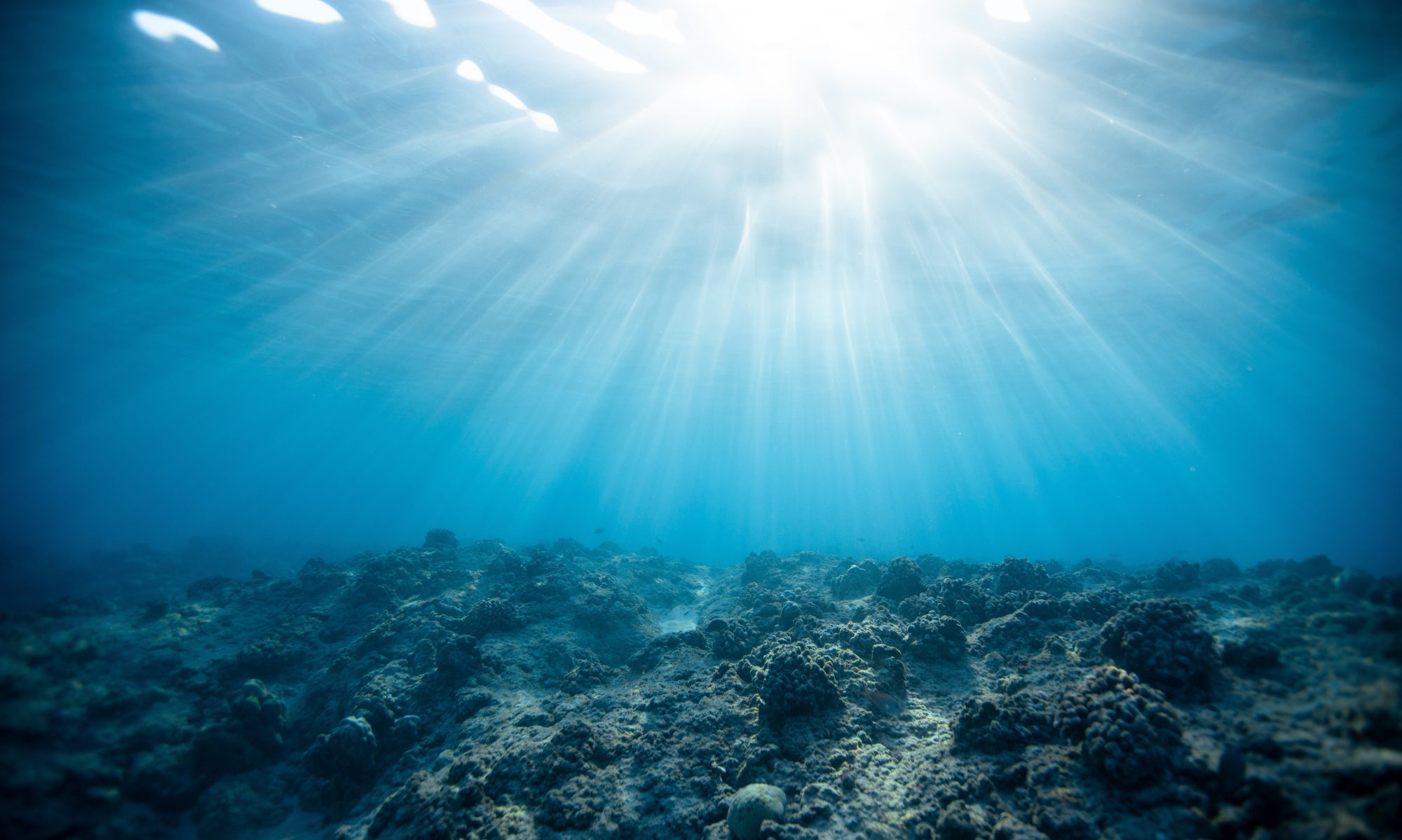Today, not only natural but serious anthropogenic disturbances are increasingly witnessed all over the world. Due to world population explosion, global environmental change and overfishing conditions, a world food shortage is conceivable, as the ocean can only sustainably nourish a fraction of this steadily growing population. With the goal of addressing this deficit, expansion of aquaculture activities has resulted in global distribution of certain commercially important animal and plant species, quicker and easier than ever before. Consequently, various species, many of which have not been identified, are transported inadvertently during the transport of these economically important species. Here, I will provide two concrete examples from our research findings of species introductions by anthropogenic means, and discuss the impacts on marine ecosystems of each.
First, Annelida is one of the biggest Phyla in the Animal Kingdom in terms of not only abundance and biomass but also species diversity. Annelids comprising the polydorid species complex of the family Spionidae, possess distinguishing morphological characteristics on the 5th chaetiger but species are easily confused due to their morphological similarities. They are observed burrowing into sand-mud sediments, and inhabiting the surface or inside of various host animals in symbiotic relationships. Some polydorid species are well-known for their boring activity into the shells of mollusks and damage commercially important mollusks by decreasing commercial value, reducing both growth rate and meat yield and causing heavy mortality. I will share some of our recent findings on polydorid species whose distribution has likely expanded due to their association with mollusks transported for aquacultural purposes. Next, asari clams of the species Ruditapes philippinarum are one of the most familiar bivalves consumed by Japanese people since very ancient times. However, asari clam populations in Japan have been declining steadily since 1980, although the reason for this decline is complex and requires further clarification. In northeastern Japan, for example, it is suggested that the long-standing continuous importation of asari clams from East Asia has caused the decline of native asari population due to simultaneous introduction of the associated moon snail Laguncula pulchella, a natural predator of asari clams. I will share a summary of the biological characteristics of the moon snail and present our hypothesis of the scheme of its introduction into Japanese waters.
